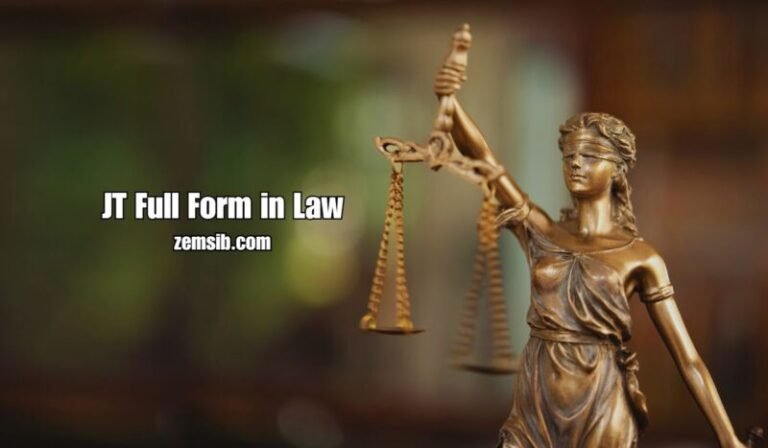The NCR Full Form in Law is Non-Cognizable Report. In the legal system, crimes are categorized into cognizable and non-cognizable offenses. The way police and courts handle these crimes differs based on this classification. In this article, we explore Non-Cognizable Reports (NCRs), their significance, the offenses they encompass, and the procedures involved. To report a “non-cognizable” crime, one must file an NCR. These infractions are typically minor and do not require immediate police arrest or investigation unless directed by a court. Non-Cognizable Offenses come with limitations on police powers and require meticulous record-keeping. For arrest and investigation, police must obtain a magistrate’s warrant. NCRs allow law enforcement to document minor incidents that could potentially lead to significant consequences. They are crucial for identifying behavioral patterns and managing incidents effectively.
Additional Insights on NCRs
Non-Cognizable Reports cover minor crimes such as petty theft, public nuisances, assaults, and verbal abuse. These offenses, while not life-threatening, still need to be recorded. NCRs serve as a tool for authorities to monitor trends and allocate resources appropriately. Legal remedies are available for victims, and filing an NCR is straightforward, allowing anyone to report such incidents. Local police stations receive comprehensive reports including details on the time, location, description, and information about the offender or witnesses. This systematic approach helps law enforcement gather essential data for potential action. The outcome of an NCR depends on police mediation, investigation, or lack thereof. While NCRs may lead to legal proceedings, they do not typically result in immediate resolution or punishment. NCRs play a vital role in encouraging reporting and maintaining social order. Ultimately, understanding the NCR Full Form in Law and its implications is essential for appreciating its role in modern jurisprudence and ensuring fair justice.











